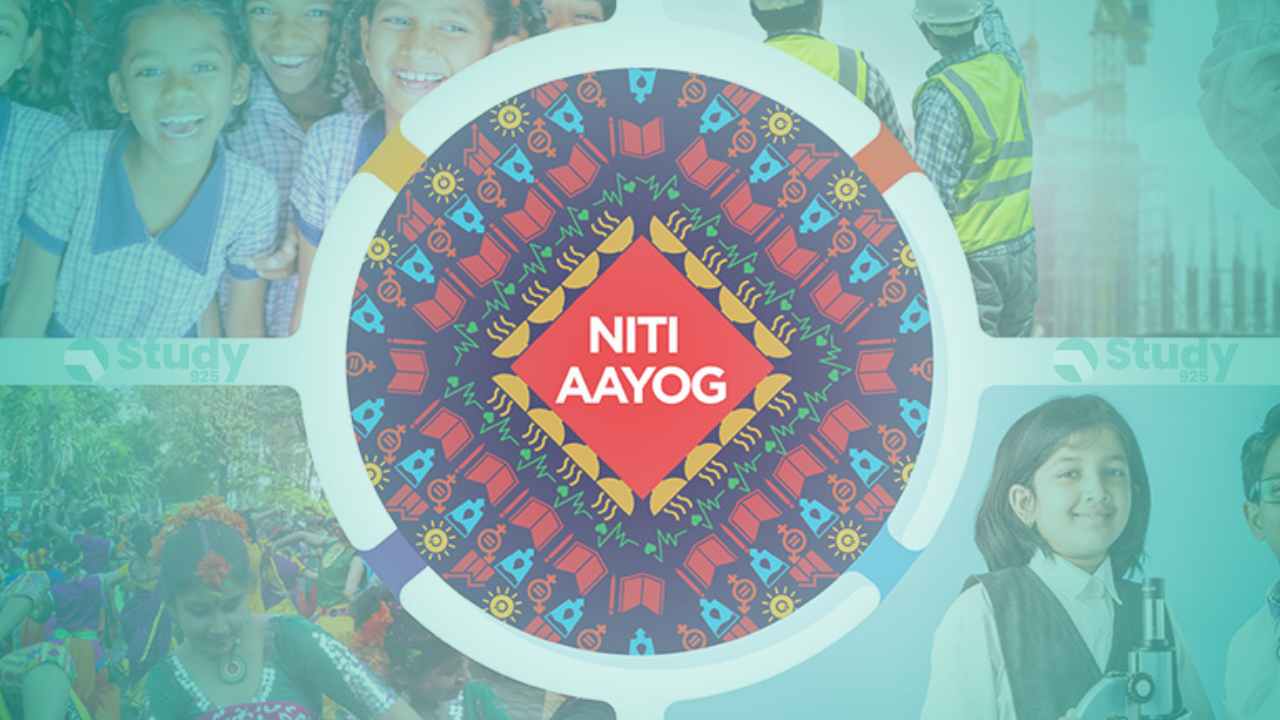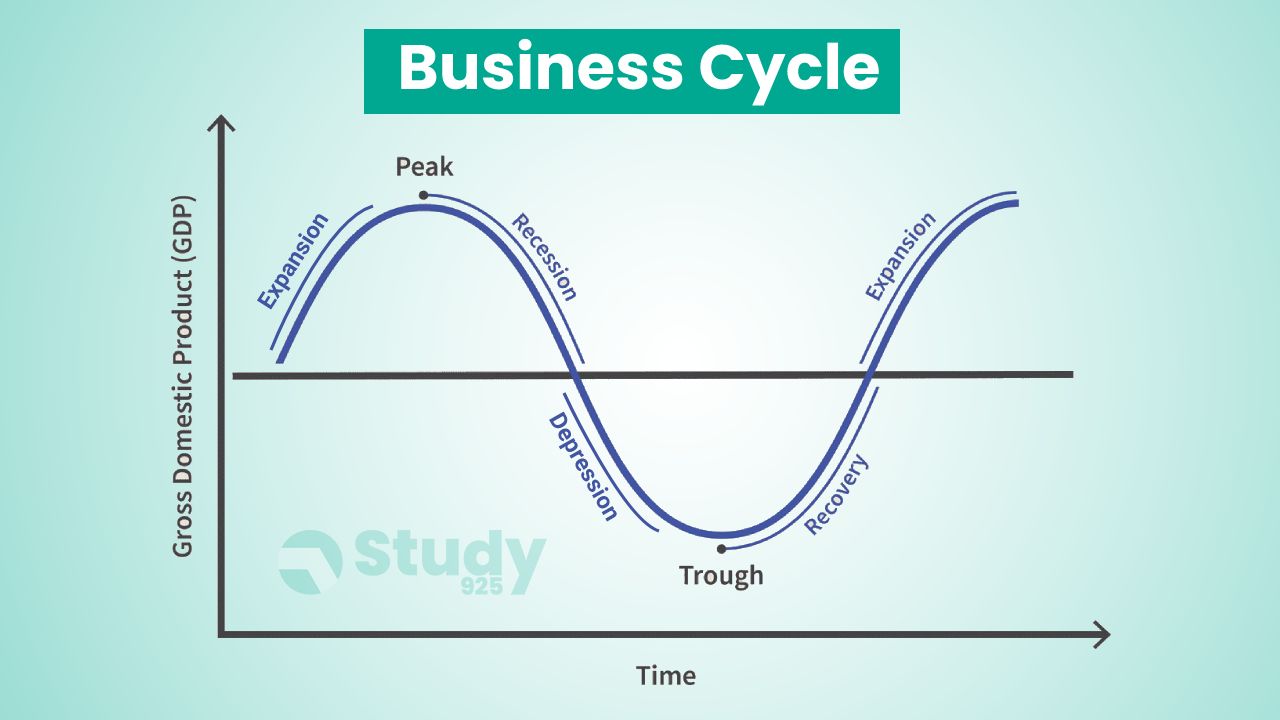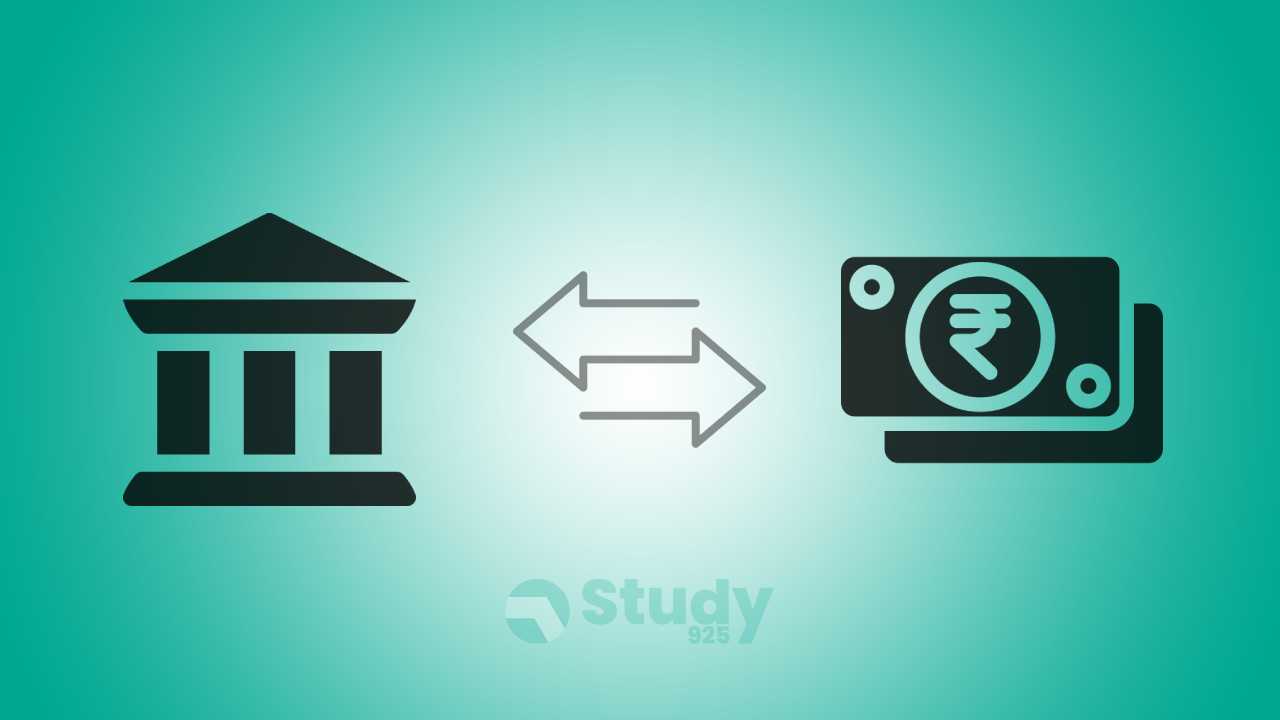Difference between Revenue Expenditure and Capital Expenditure with Examples
Revenue expenditure and capital expenditure are the two types of ‘Public Expenditure‘ which is incurred by the Government on various activities for the welfare of the people and also for the economic development of the country. What is Revenue Expenditure? Revenue expenditure is the expenditure incurred by the Government to meet its day-to-day needs, like … Read more







